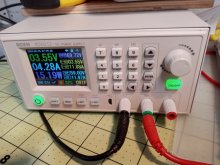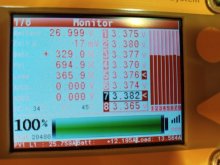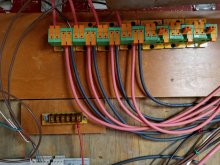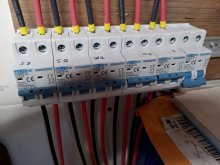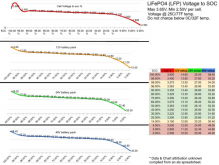michael d
off-grid solar pilgrim
yes, the arc is quite scary and does wake a person up as to safety-type things. thanks for sharing. yesterday I bought 20 2 piece sets of plastic cutting mats from the dollar store for a dollar each. so I got 40 pieces. Each piece will be big enough to insulate between 2 of my 272Ah Lishen cells. I also bought a melamine coated shelf board 24" x 48" to use as a slick insulating base for the compression jig for the 2P8S 24-volt battery banks I am charging and assembling. I think the cutting board mats are a very inexpensive durable inter-cell insulator. just an idea for you. yes, I still need to insulate my tools better. I am very careful after the 1st arc I had. woo hoo the sparks and power. all DIY people need to beware of the high power --- for sure. Keep up the excellent work. I have 64 cells and I am building 4 24-volt packs of 16 cells each. the 1st 16 cells (272Ah Lishen cells) 2P8S 24-volt pack is charging the other 32 cells with 2 bench chargers one Riden 6012w and the other a Riden 6018w running 24/7 off-grid via the 24-volt inverter. sorry... I am rambling!!! 






